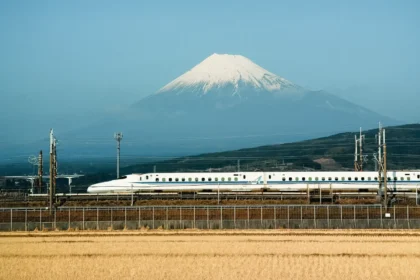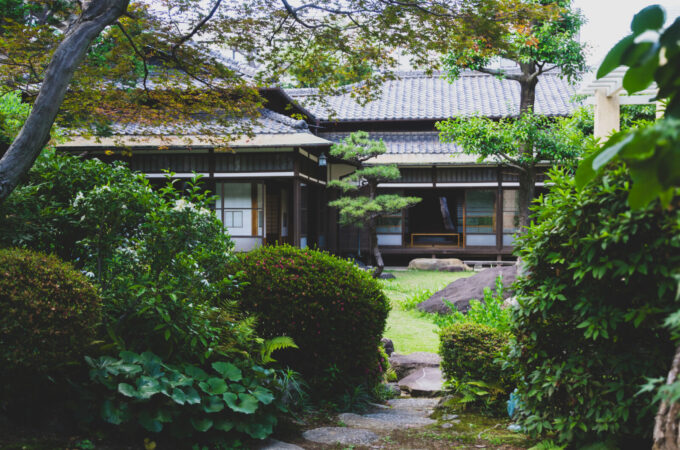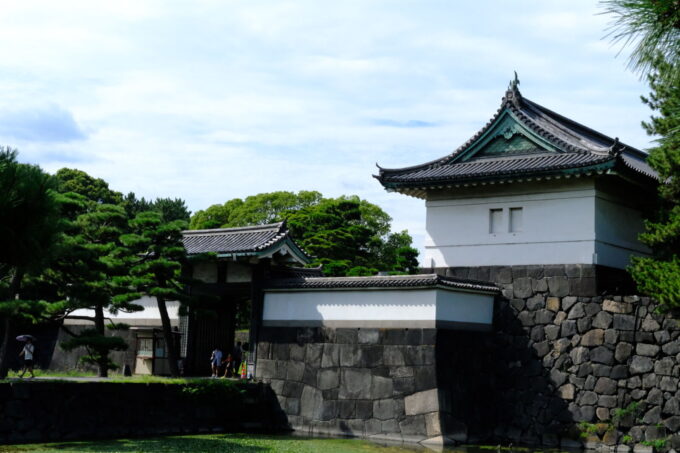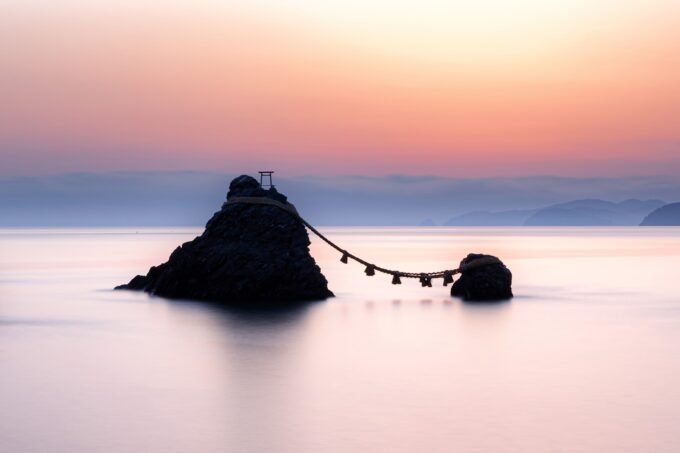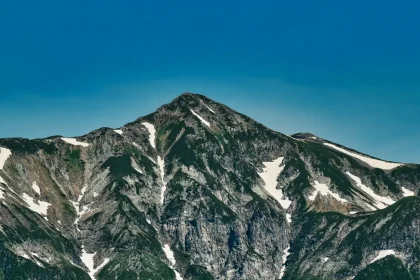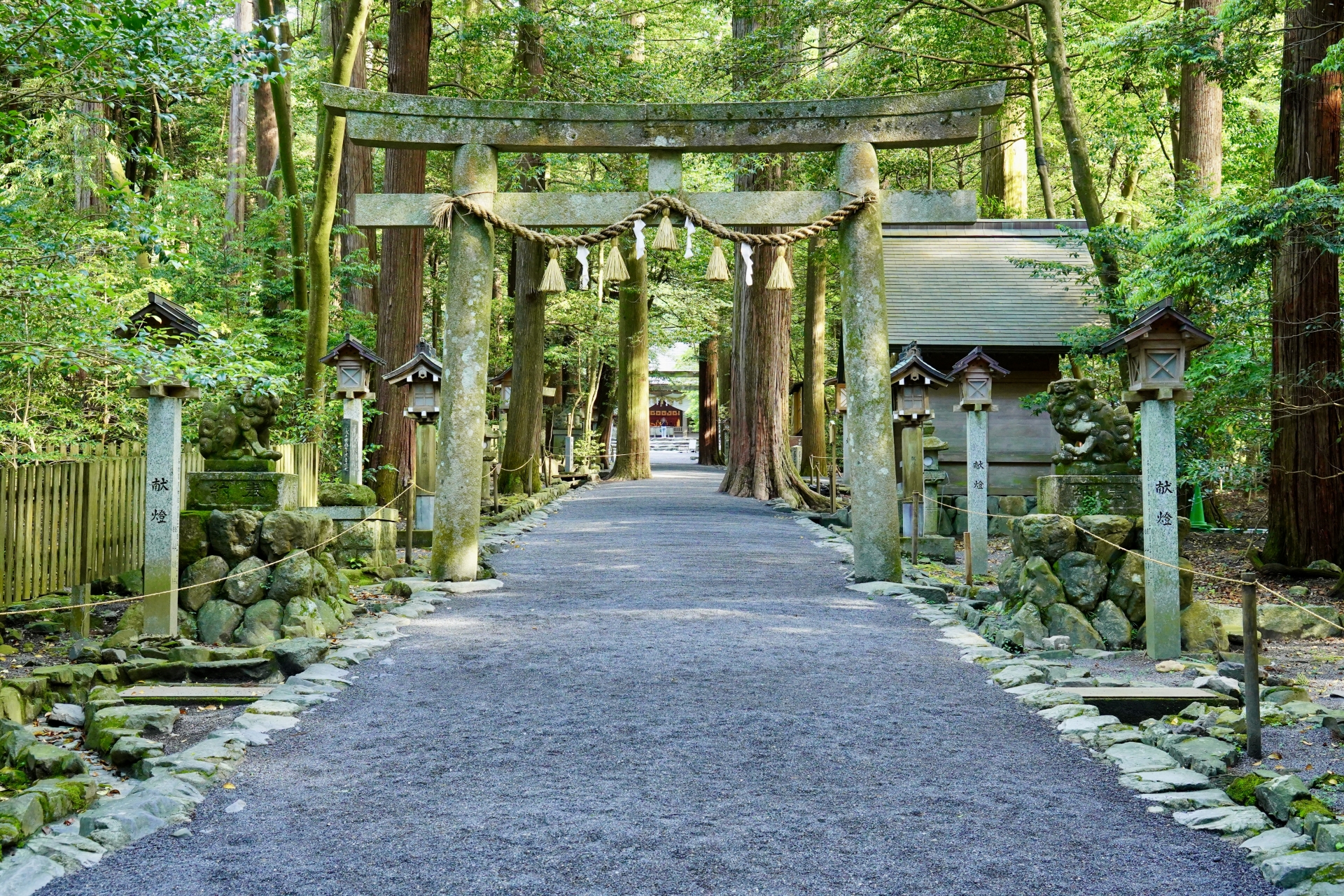
Some of the most iconic locations in Japan are Shinto Shrines. These religious sites offer travelers a unique opportunity to not only see the unique architecture and rituals of these sacred locations, but also to connect with the heart of Japanese people.
This page reveals the 3 holiest sites in the country and the cultural importance of Japan's top shrines.
What Makes Japan's Sacred Sites Unique?
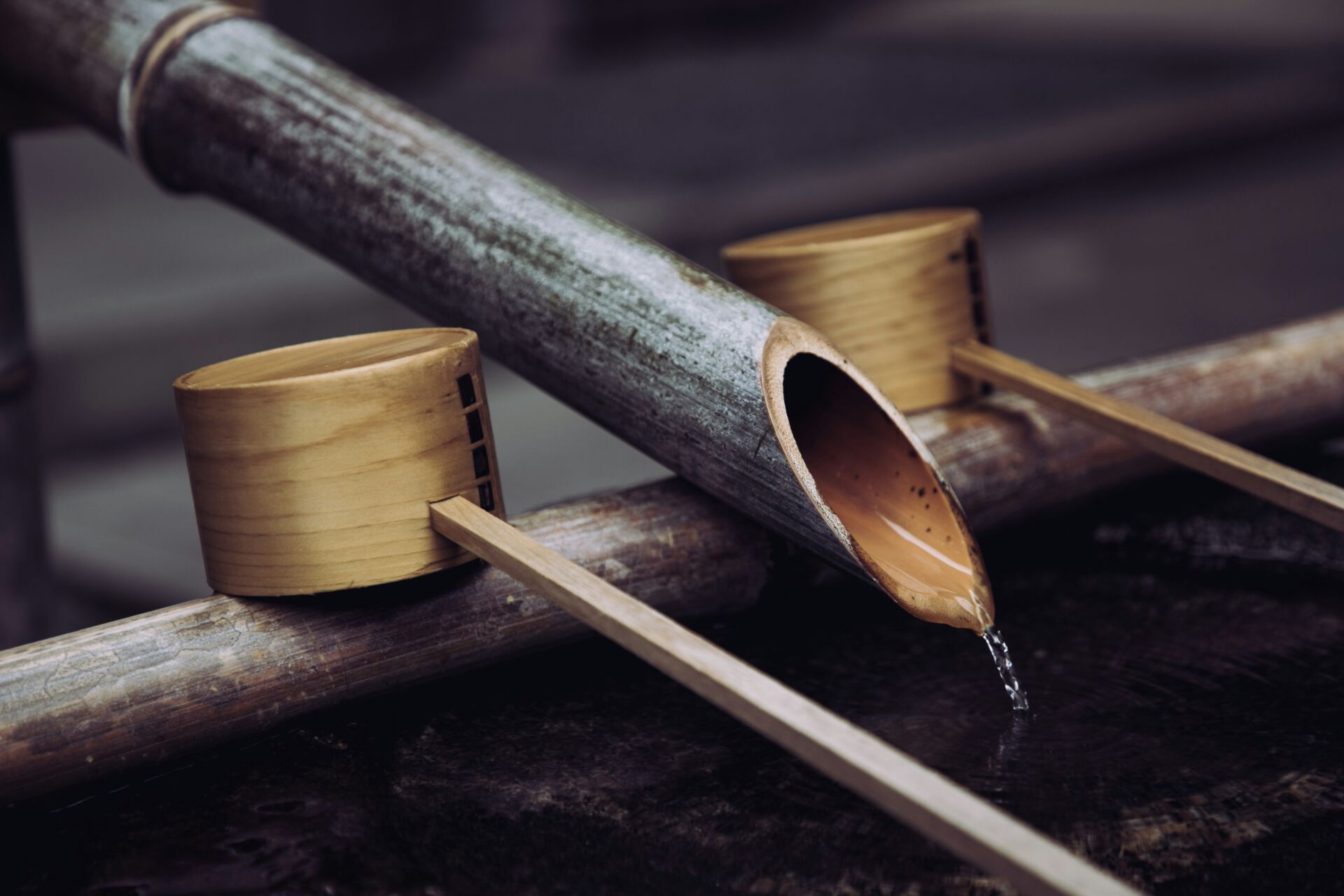
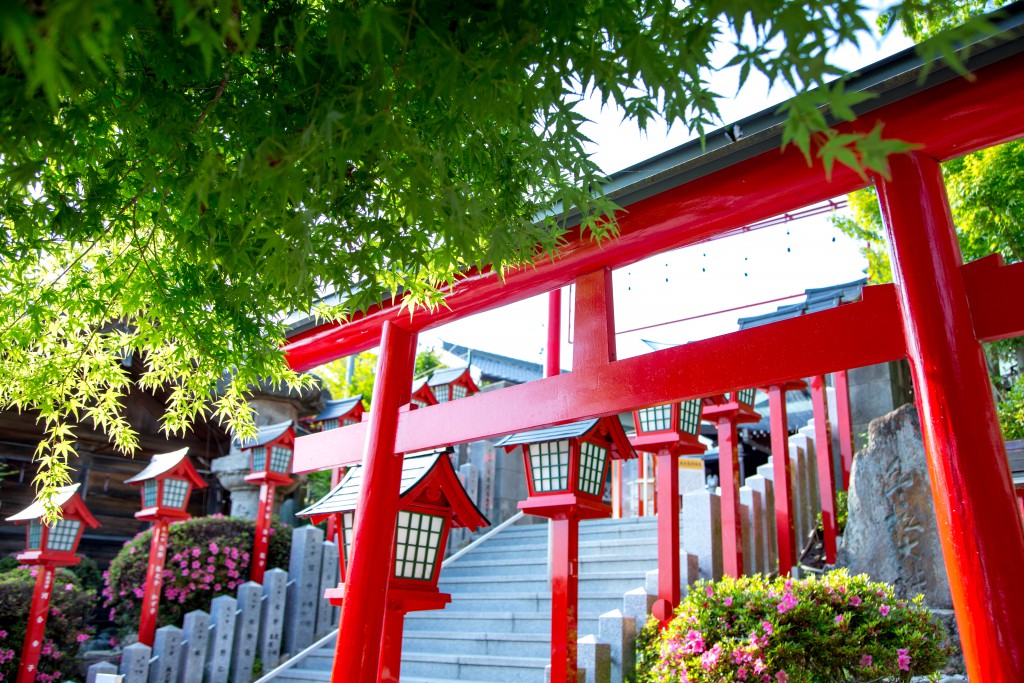
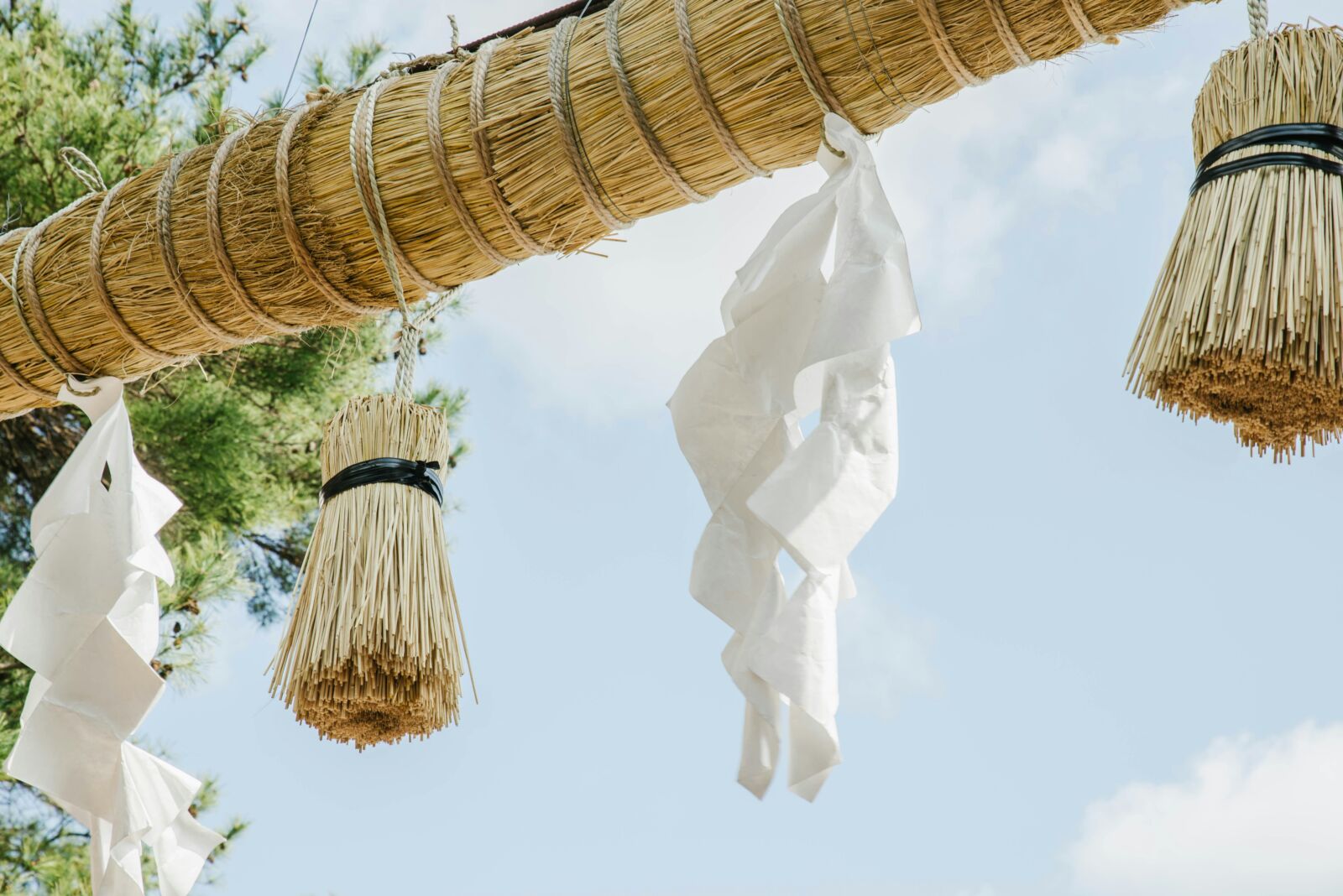
Shintoism is the indigenous faith of the Japanese and is relatively unique among religions in that it has no dogma, doctrine, or known founder.
Although Shintoism lacks a doctrine, there are two historical texts, the Kojiki and Nihonshoki (written in the early 8th century), which provide names, personalities, and tales of various “kami” —or “deity” in English.
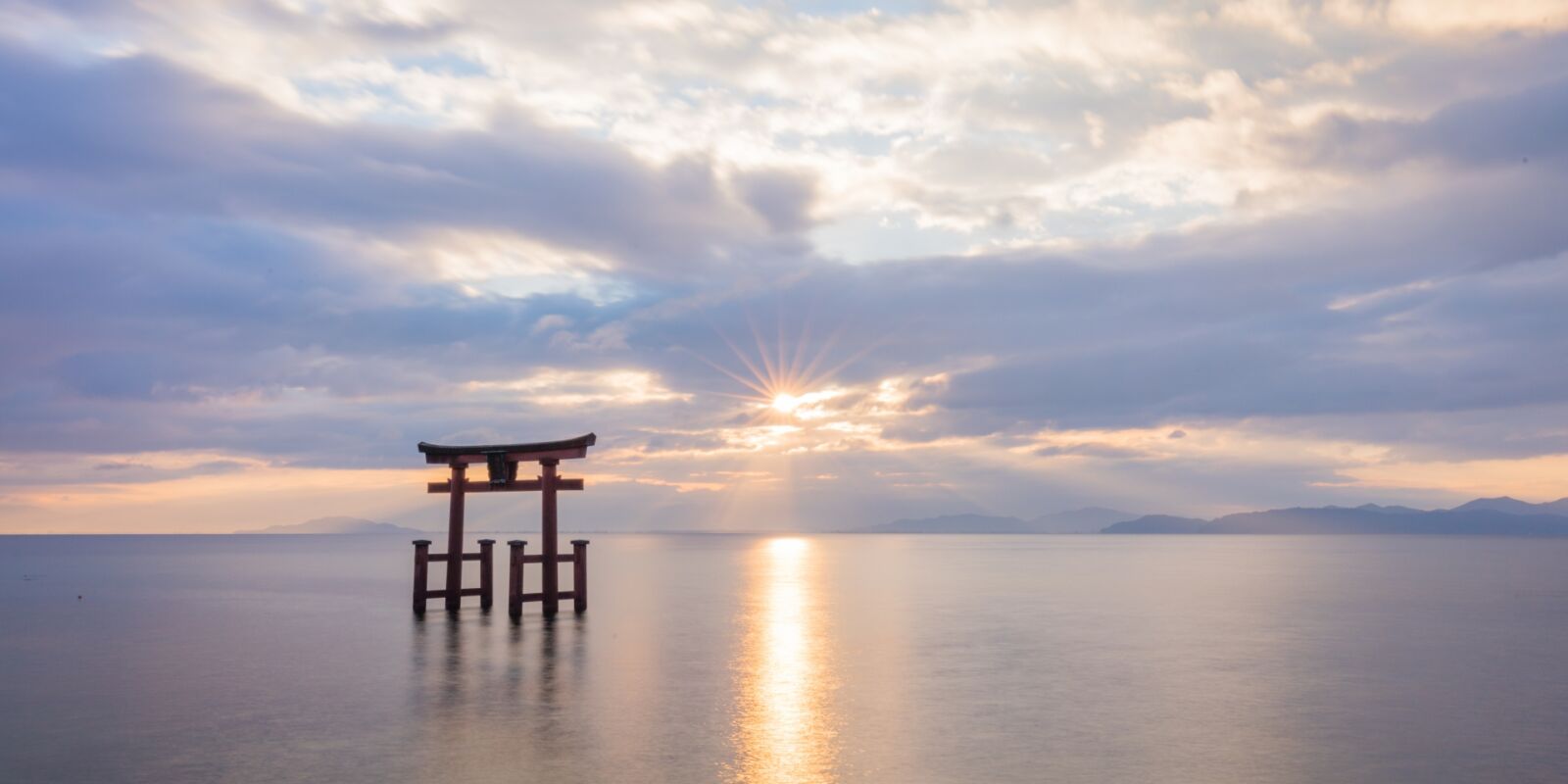
One such story features Amaterasu-Omikami, the great sun goddess and considered to be the divine ancestor of the imperial family. The tale starts with Amaterasu, tormented by her brother Susano’o—kami of the sea, hiding herself in a cave and thus sending the world into darkness. After much effort from the other kami of the celestial realm, Amaterasu leaves her cave and brings light back to the world. The story concludes with Amaterasu in possession of three objects, a mirror, a jewel, and a stone.
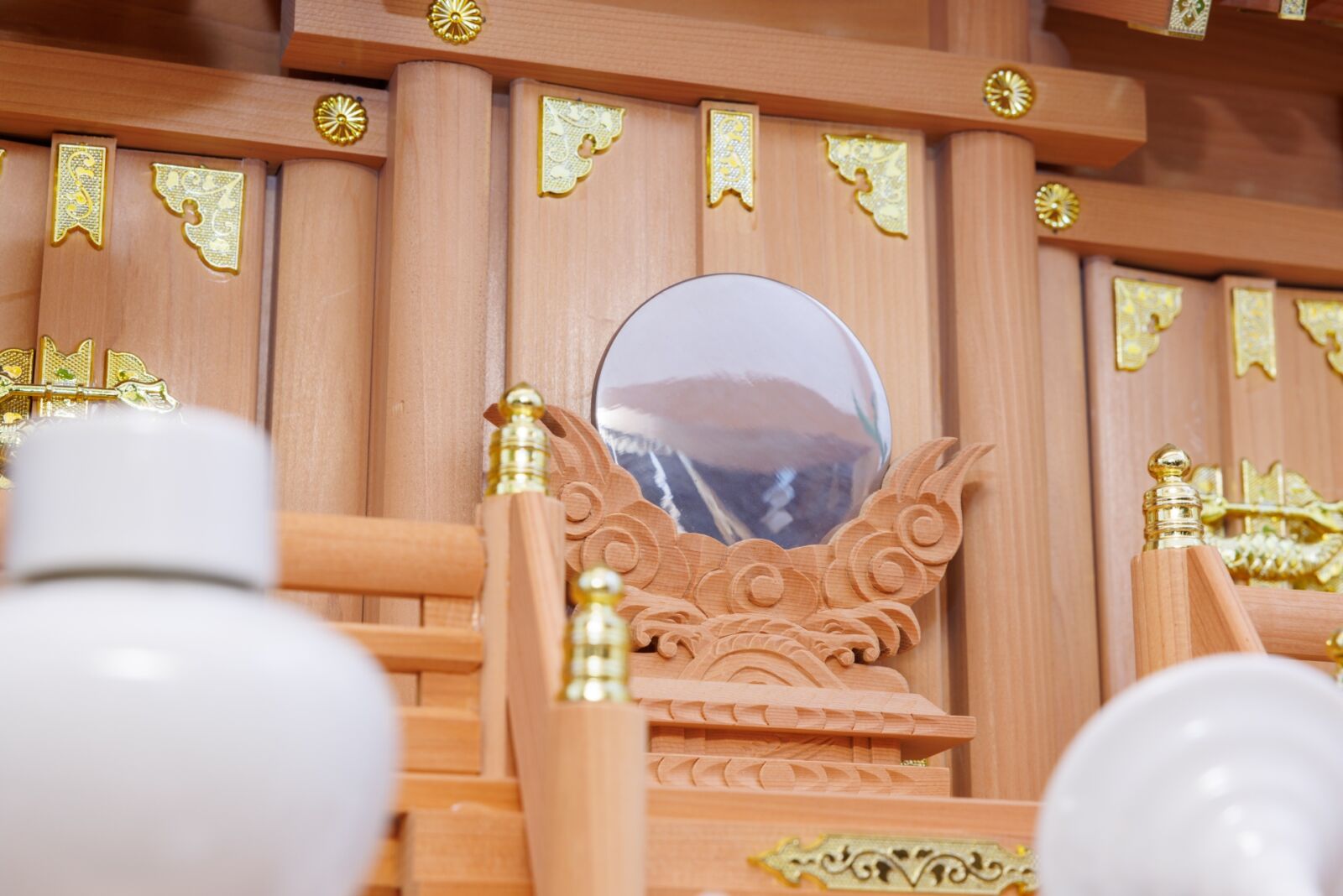

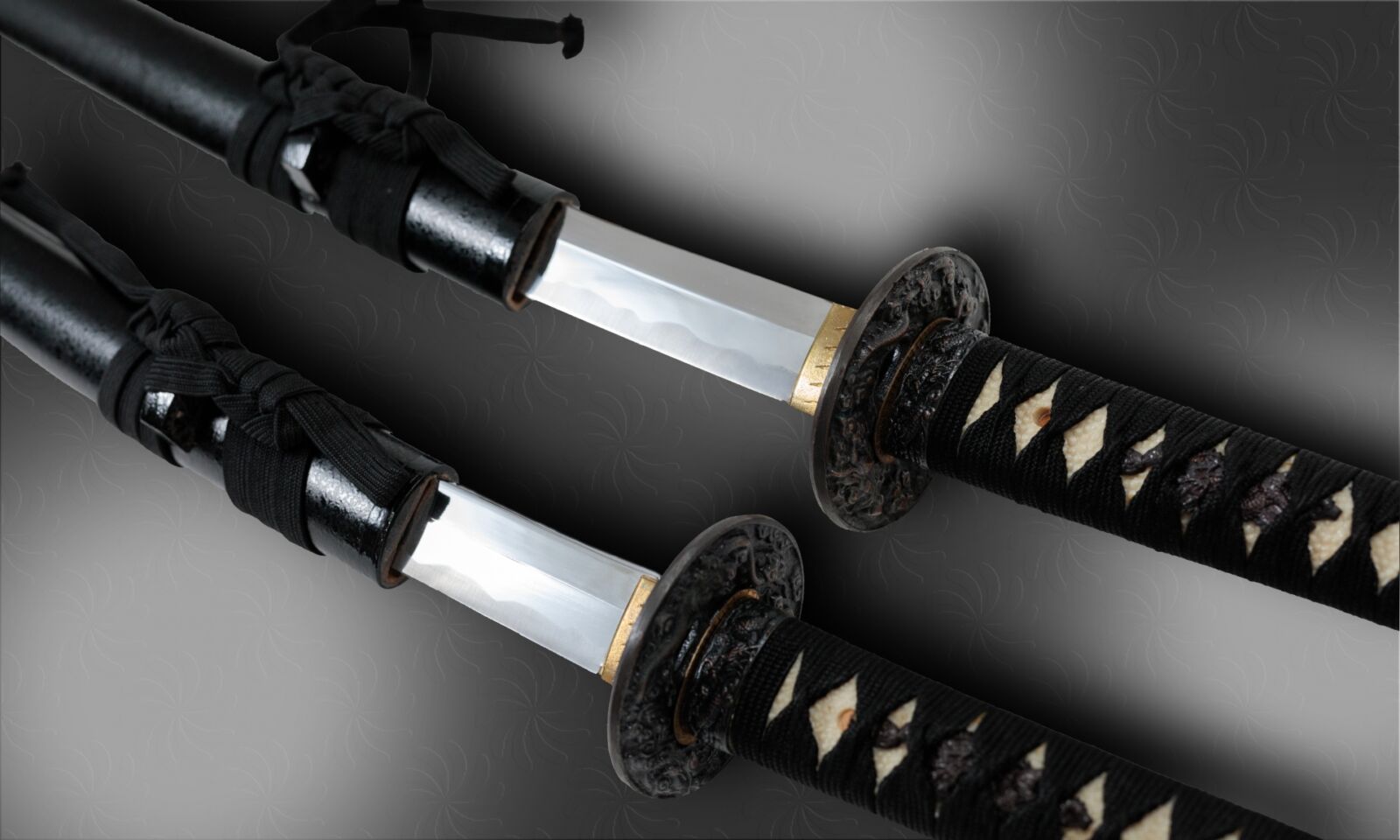
Later Amaterasu gifts these items to her grandson, Ninigi-no-mikoto, when she sends him to the terrestrial world and tasks him with establishing the nation of Japan. The story goes that it was the great-grandson of Ninigi-no-mikoto, Emperor Jimmu, who chose present-day Nara as the new site for the nation's capital and was enthroned as the first Emperor of Japan (Tenno).
Today, those three sacred objects, gifted from Amaterasu—the mirror, jewel, and sword—are symbols of the Imperial Household’s right to rule. These objects are said to be housed in three separate locations and are thereby considered the most sacred locations in Japan.
What Are the Most Sacred Locations in Japan?
The most sacred locations in Japan are Ise Shrine in Mie (home to the sacred mirror, ”Yata no Kagami”), Atsuta Shrine in Nagoya (home to the legendary sword, “Kusanagi no Tsurugi”), and the Imperial Palace in Tokyo (home to the sacred jewel, “Yasakani no Magatama”).
Atsuta Shrine – Nagoya
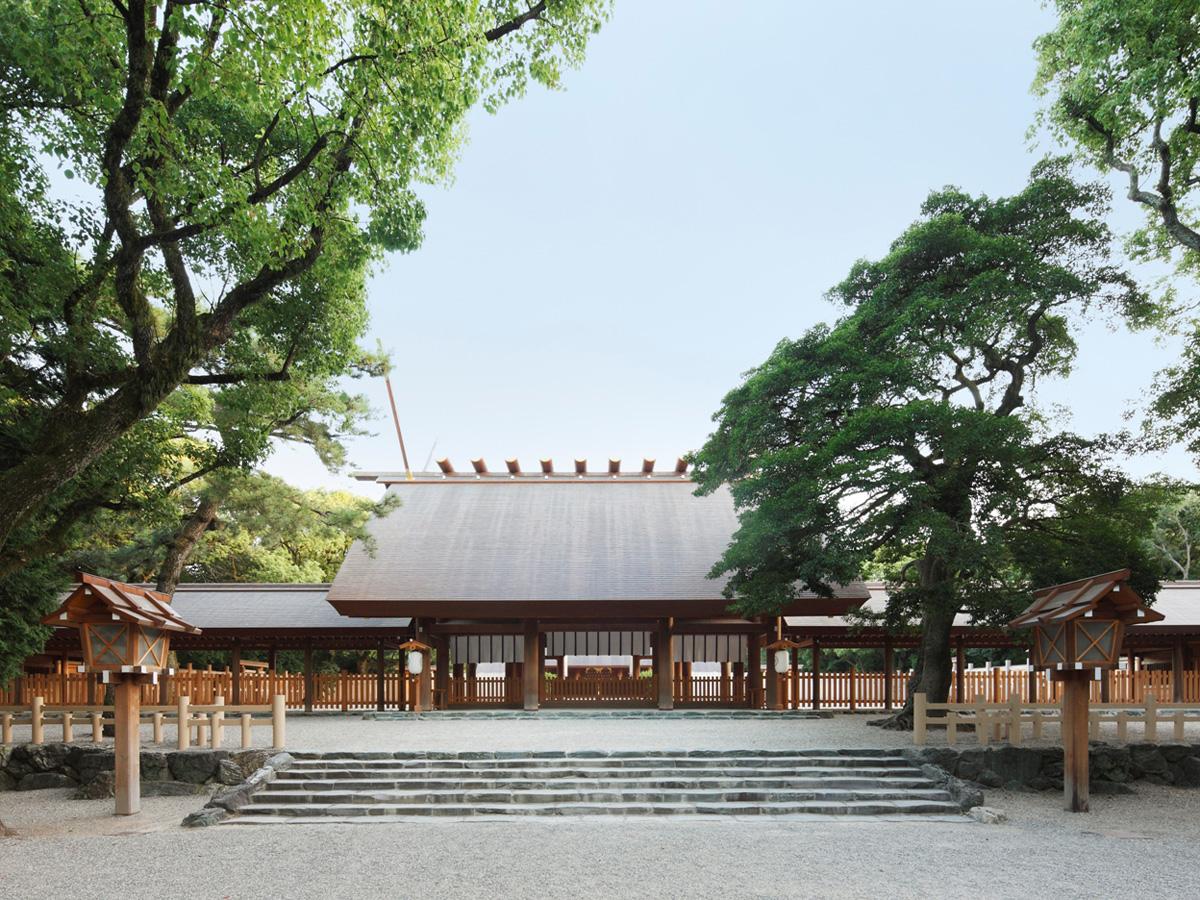
The shrine was founded to house the legendary sword, “Kusanagi no Tsurugi.” Approximately 9 million people visit this shrine annually to view the 4,000 artifacts which have been donated to the shrine by the Imperial Family, shoguns, feudal lords, and common persons.
Although the shrine is located in one of Japan’s largest cities, Nagoya, the shrine complex itself is serene with the huge camphor trees lending to the calming air. The shrine complex can be accessed any time of day and admission is free of charge (although the shrine itself will be closed at night).
1-Day Guided Garden Walk through Nagoya's Castle, Gardens, and Historic Estates
- Spots:
- Pick-up:
- Drop-off:
The Imperial Palace – Tokyo
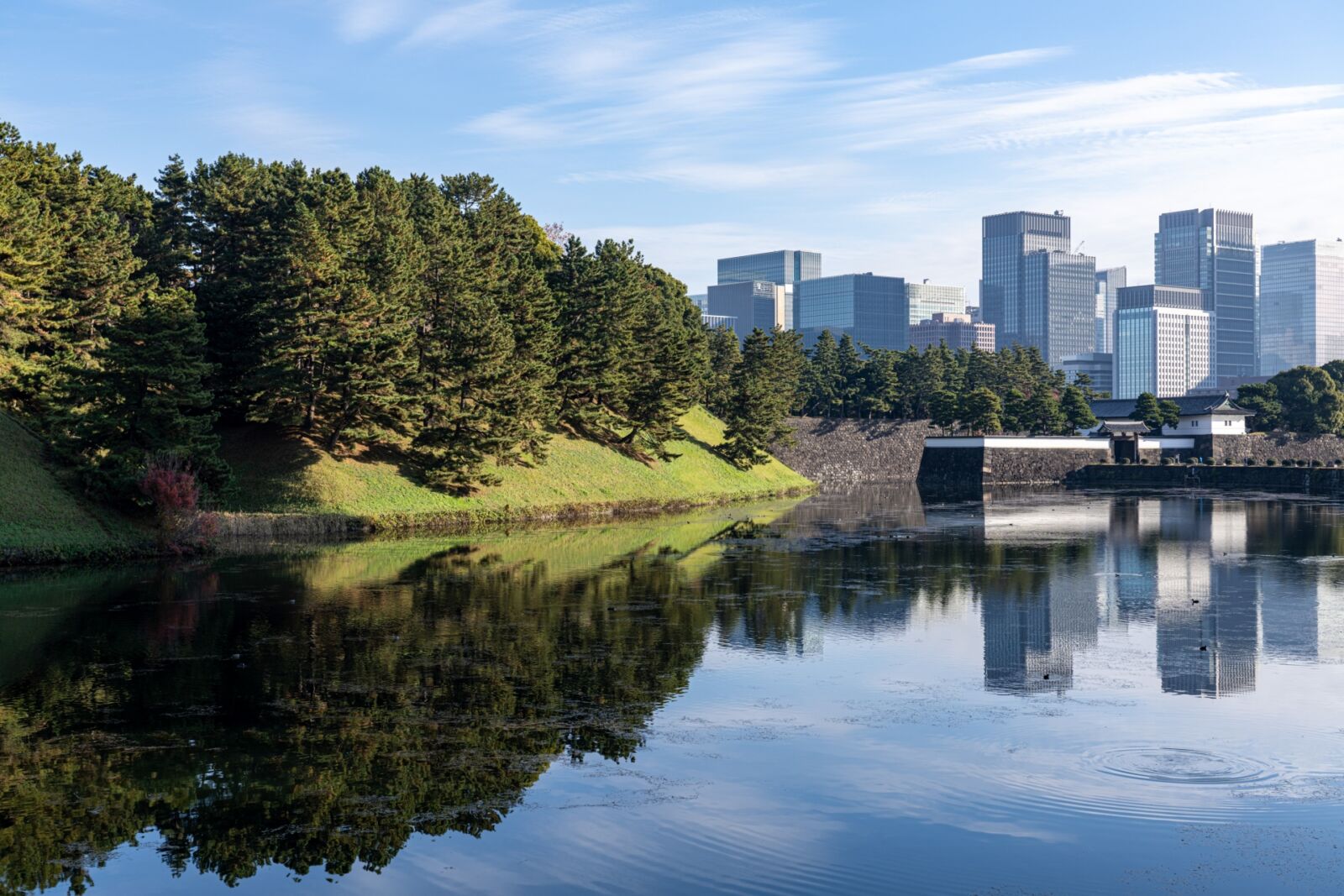
It may be slightly strange to consider a palace a sacred location, but the Imperial Palace in Tokyo is considered just that in Shintoism. The sacred jewel, “Yasakani no Magatama” is said to be stored in the central shrine of the Imperial Palace of the palace—where the Emperor lives.
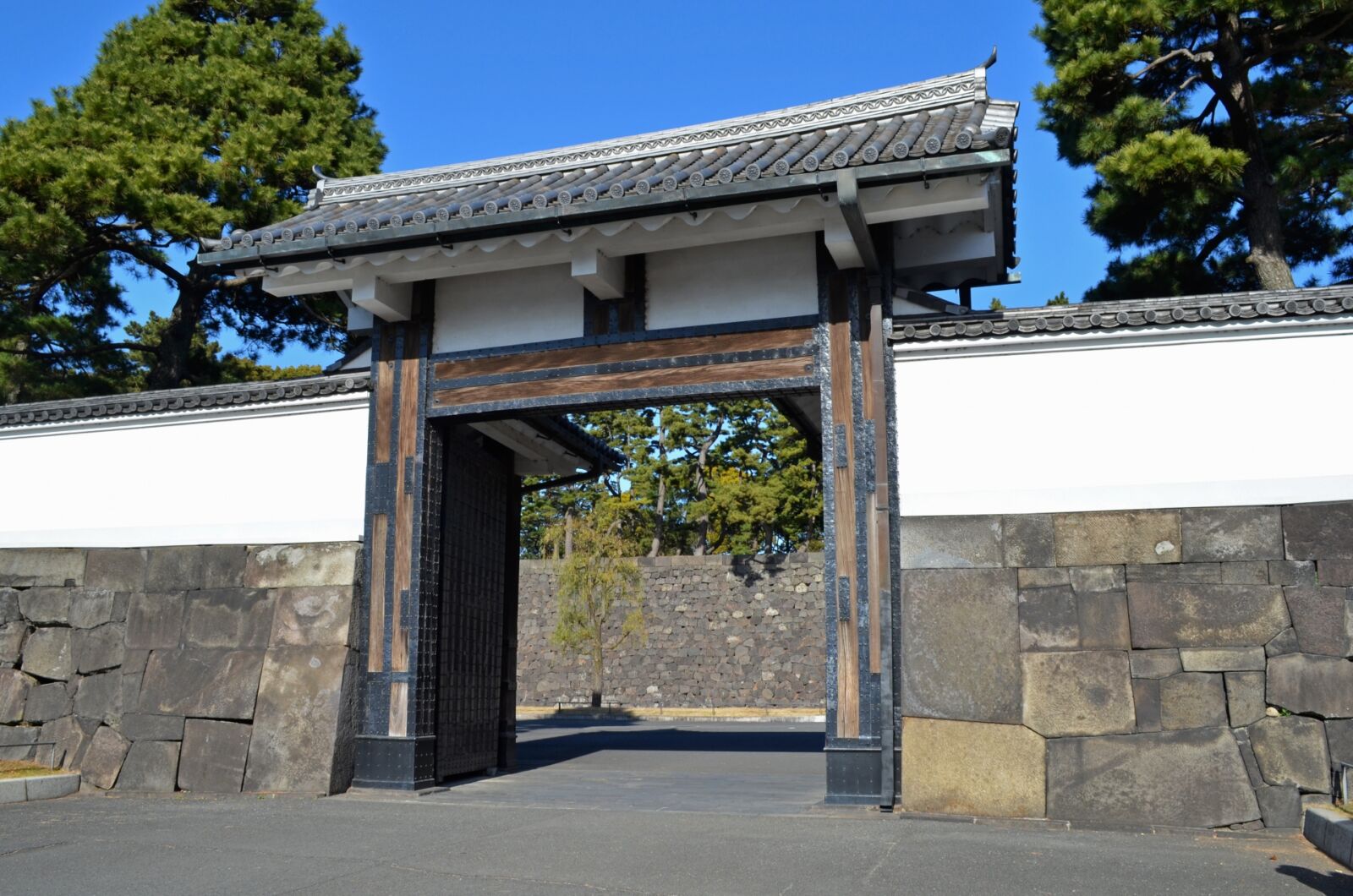
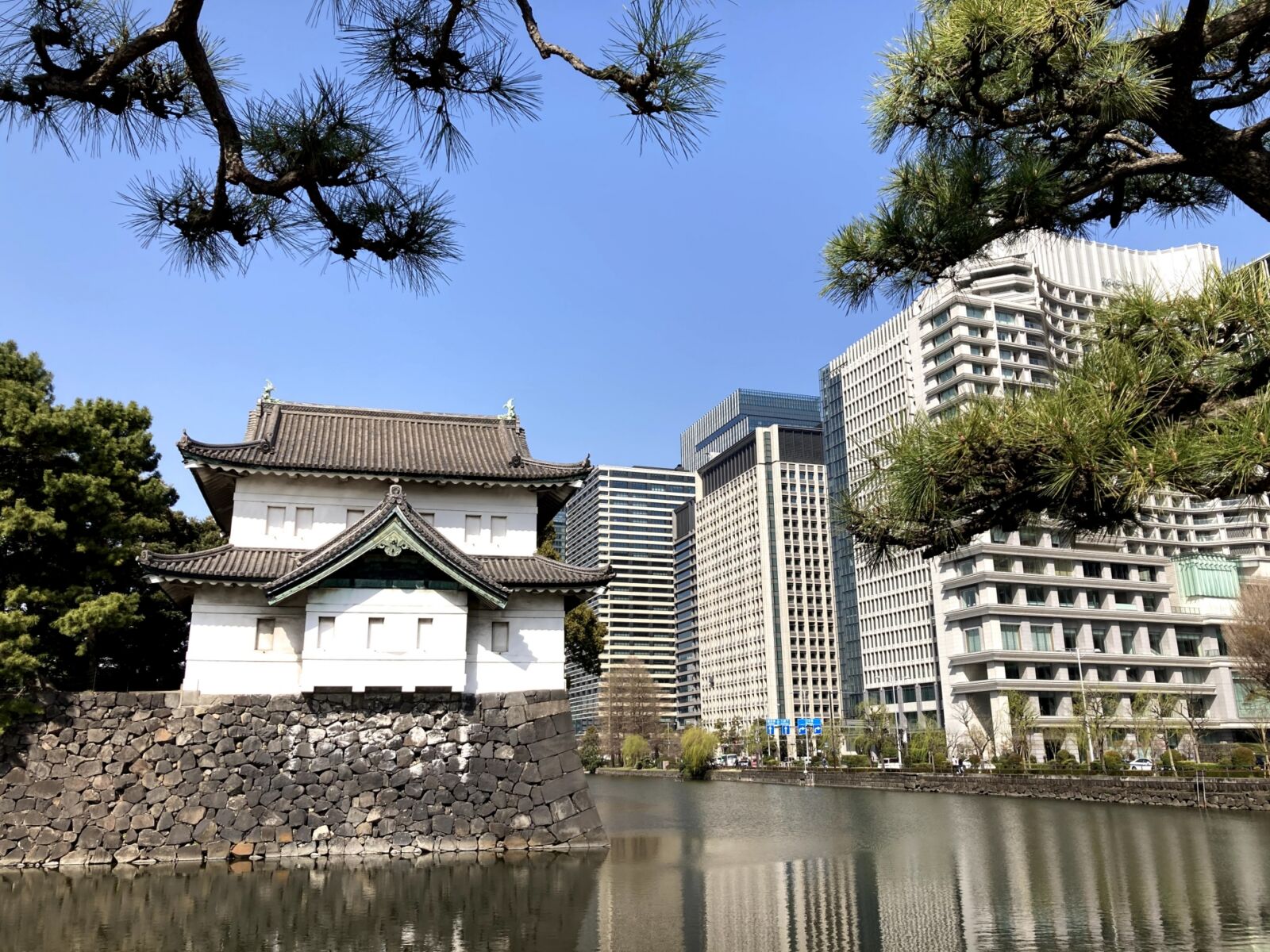
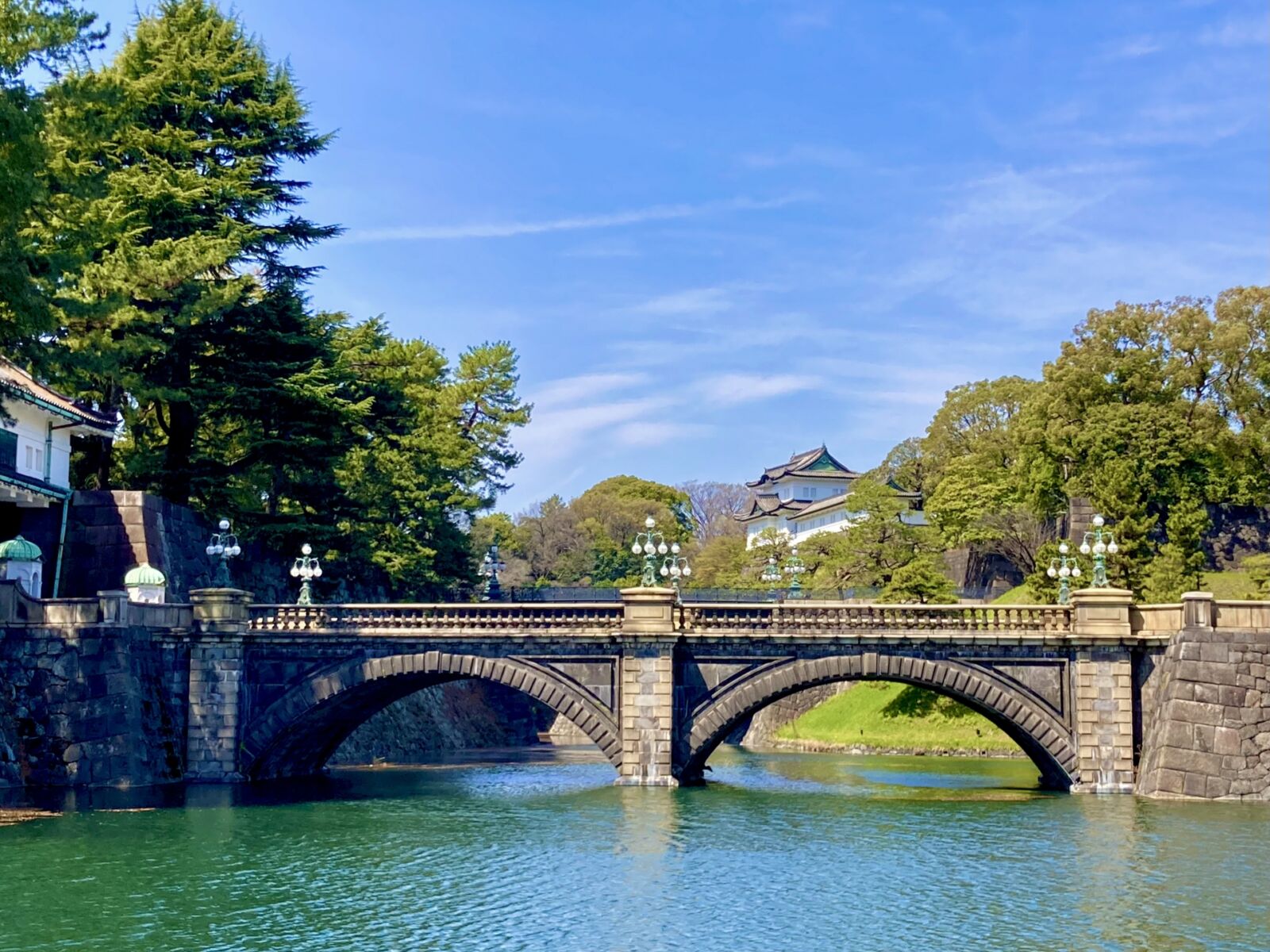
It is said that the jewel is actually an eight-foot long necklace made of 500 comma-shaped stone beads. The jewel is regarded as a source of compassion, as its virtues are gentleness and yielding.
Ultimate Tokyo Tour : Imperial Palace, Sake, Robots, Japanese Gardens and Edo Museum
- Spots:
- Pick-up:
- Drop-off:
Ise Grand Shrine – Mie
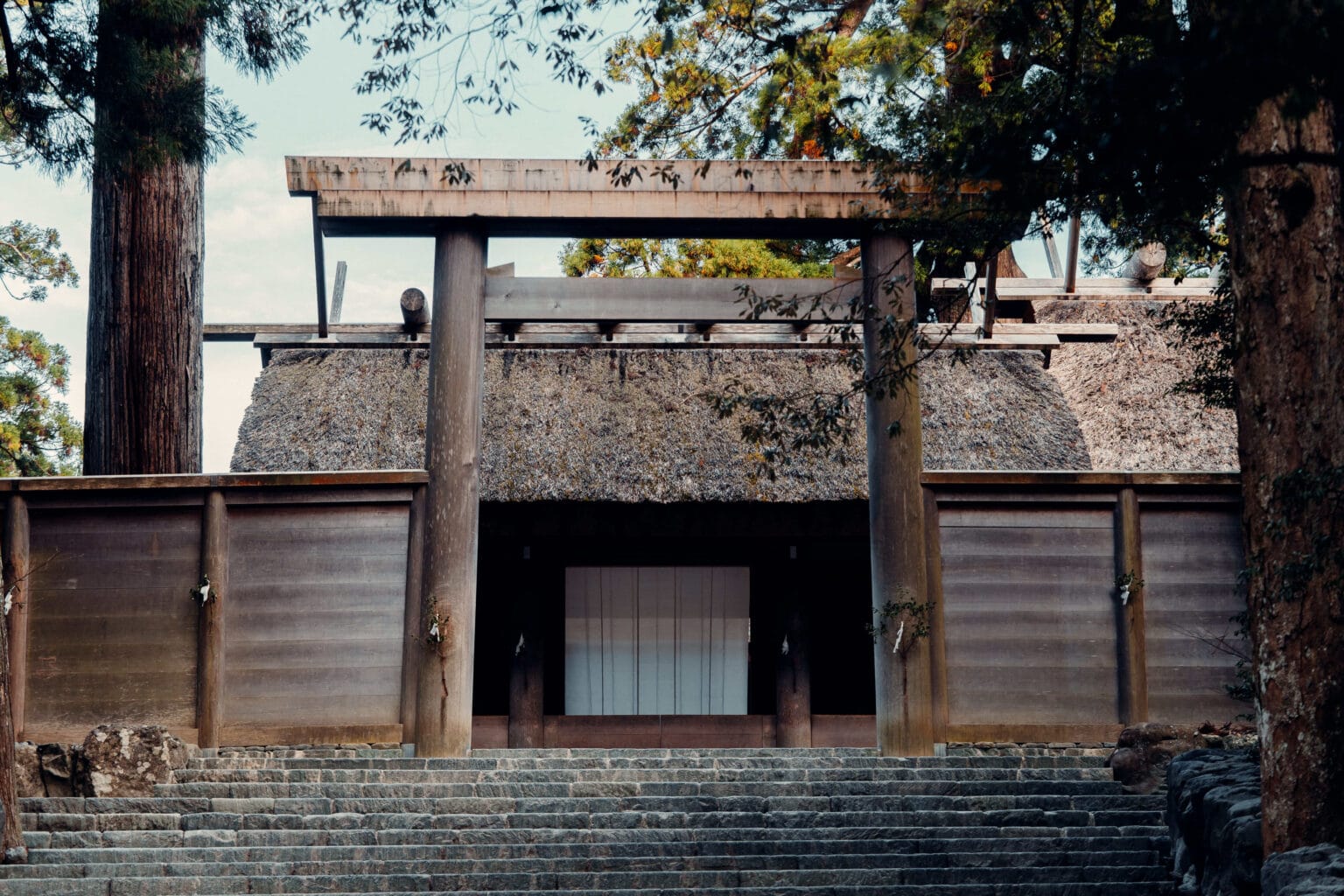
The Ise Grand Shrine is the most important Shinto complex in Japan. The shrine is not only home to the final sacred object, the sacred mirror—”Yata no Kagami,” but the whole shrine itself is dedicated to the sun goddess Amaterasu-Omikami. The mirror is said to have the divine power to reveal truth.
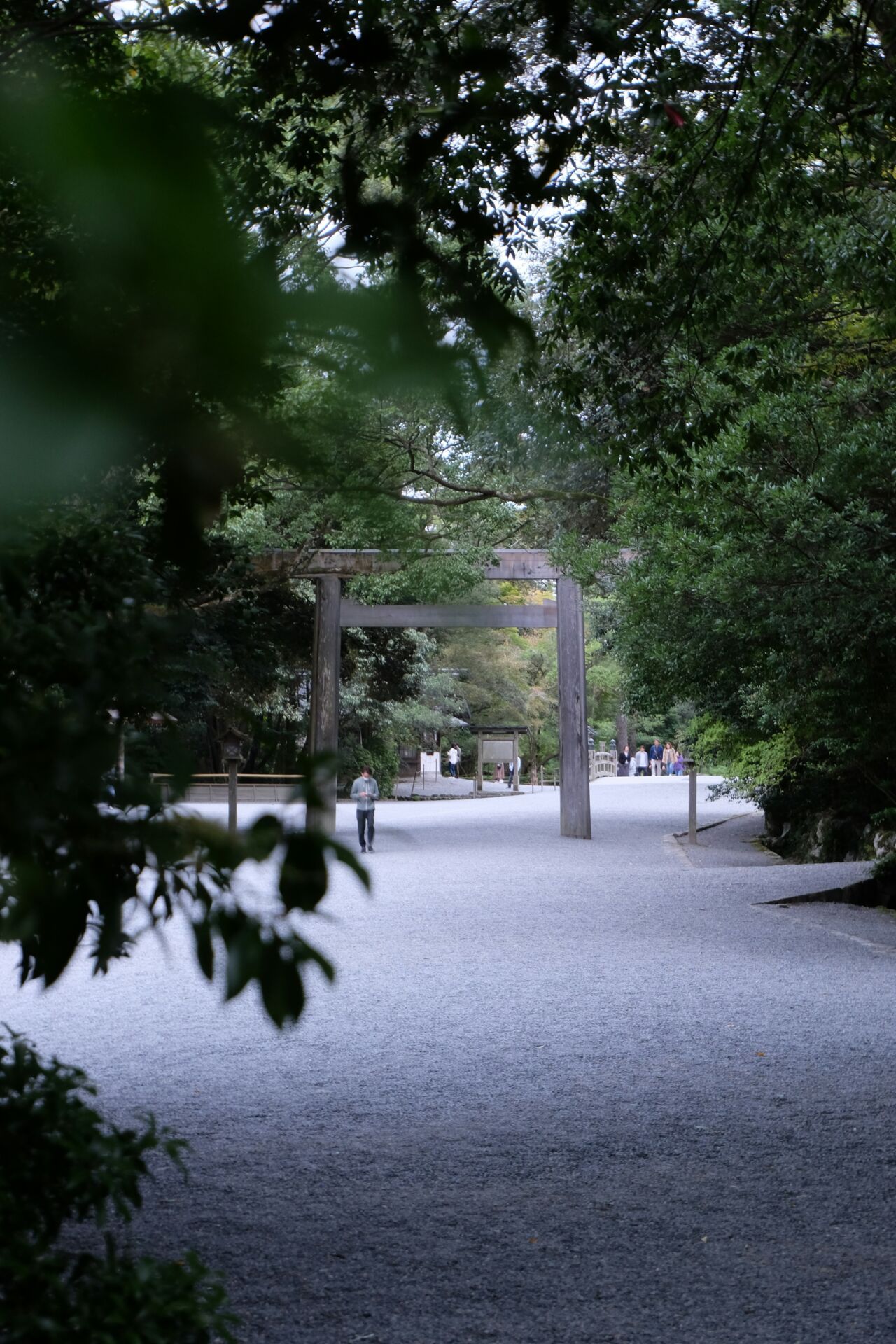
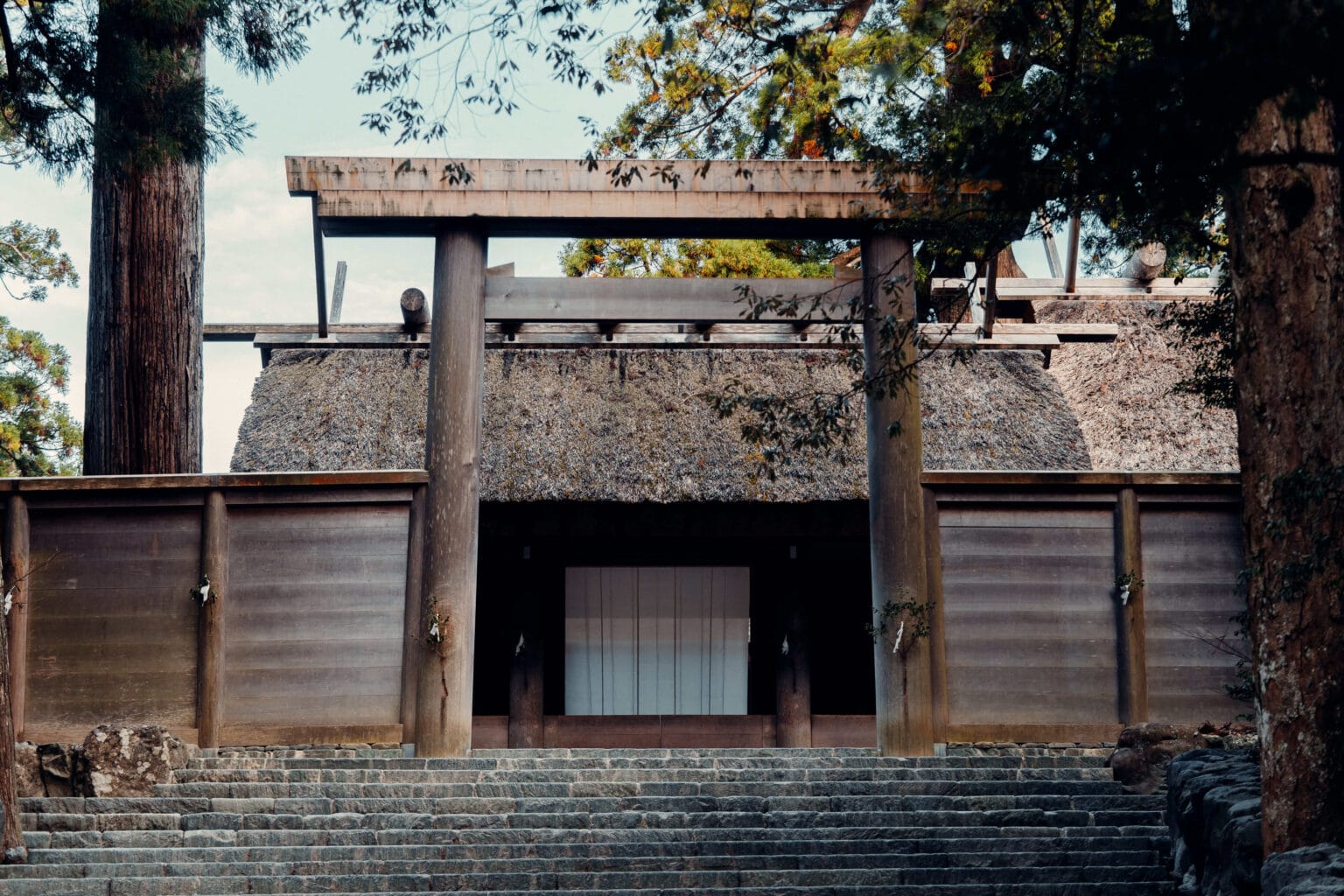
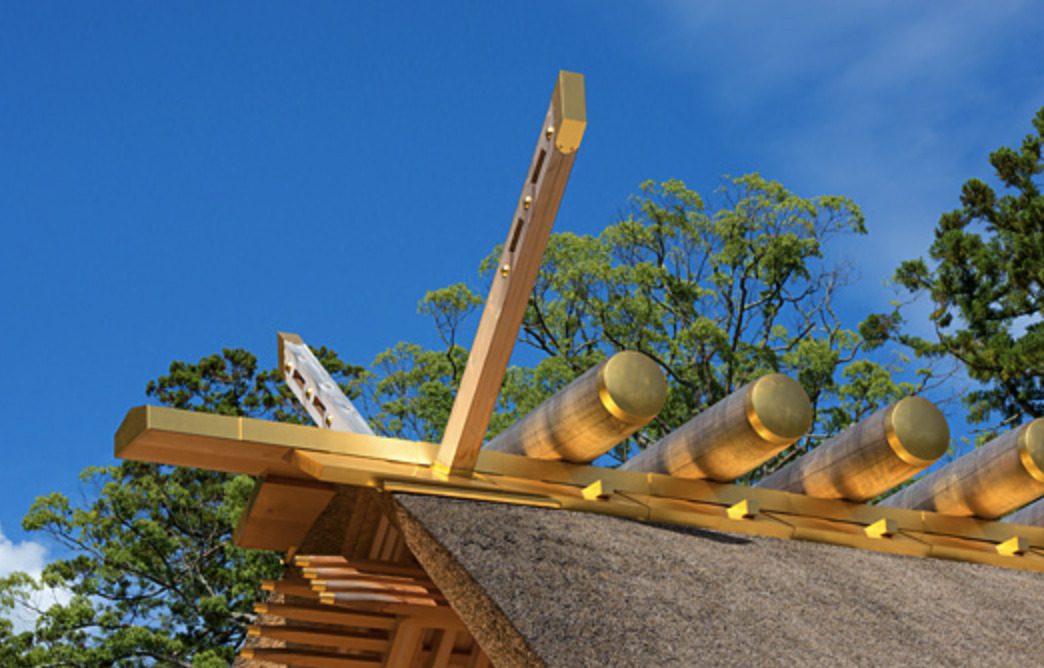
The complex is made-up of multiple shrines—a total of 125—and other structures centered around the Kotai Jingu (Inner Shrine) and Geku (Outer Shrine). Interestingly, the inner shrine is dismantled, moved, and reconstructed every 20 years. Next occurring in 2033, this tradition embodies the Shinto belief that death and renewal are a necessary and constant aspect of existence while serving the practical task of teaching each generation the skills needed to construct and maintain the shrines.
When a new Emperor is enthroned, replicas of the sword and jewel are passed on to him in a ceremony called "Kenji to Shokei no Gi" while the mirror remains in Ise. And for those wondering, article 7 of the Imperial Household Finance Act defines these sacred relics as "time-honored" assets that do not incur inheritance or gift taxes.
Recommended
1-Day Tour from Nagoya: Ise’s Sacred Shrines and Captivating Coastlines
- Spots:
- Pick-up:
- Drop-off:
Bonus Location
Izumo-Taisha Grand Shrine – Shimane
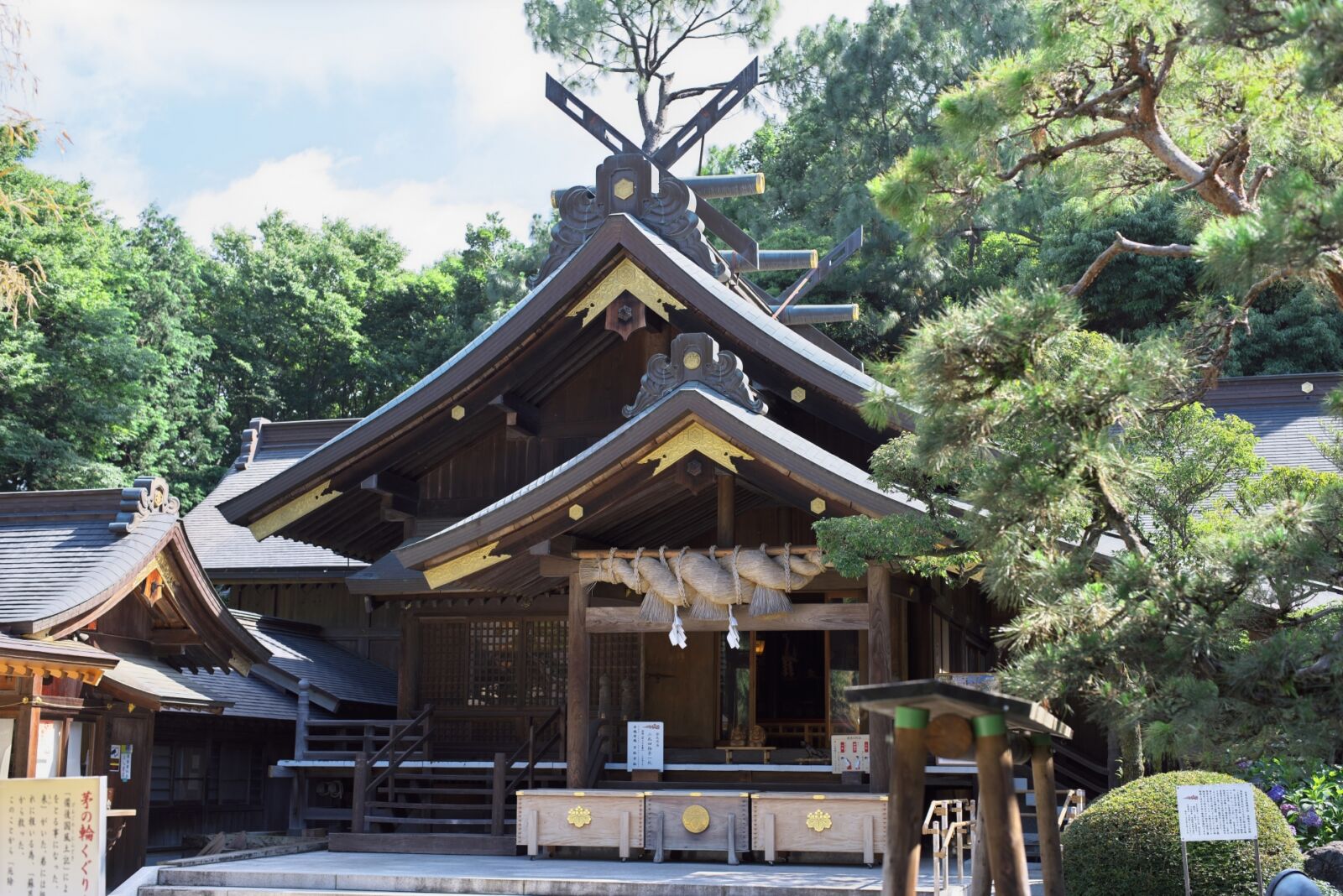
In Shintoism, it is believed that kami typically reside in and around the shrine which are dedicated to them. However, once a year, during the month of October, all the kami leave their shrines and travel to Izumo-Taisha Grand Shrine in Shimane Prefecture for a summit of the gods. One of the main topics of discussion among the kami is related to matchmaking. Thus, the shine has become known as a place of pilgrimage for individuals seeking luck in relationships or marriage.
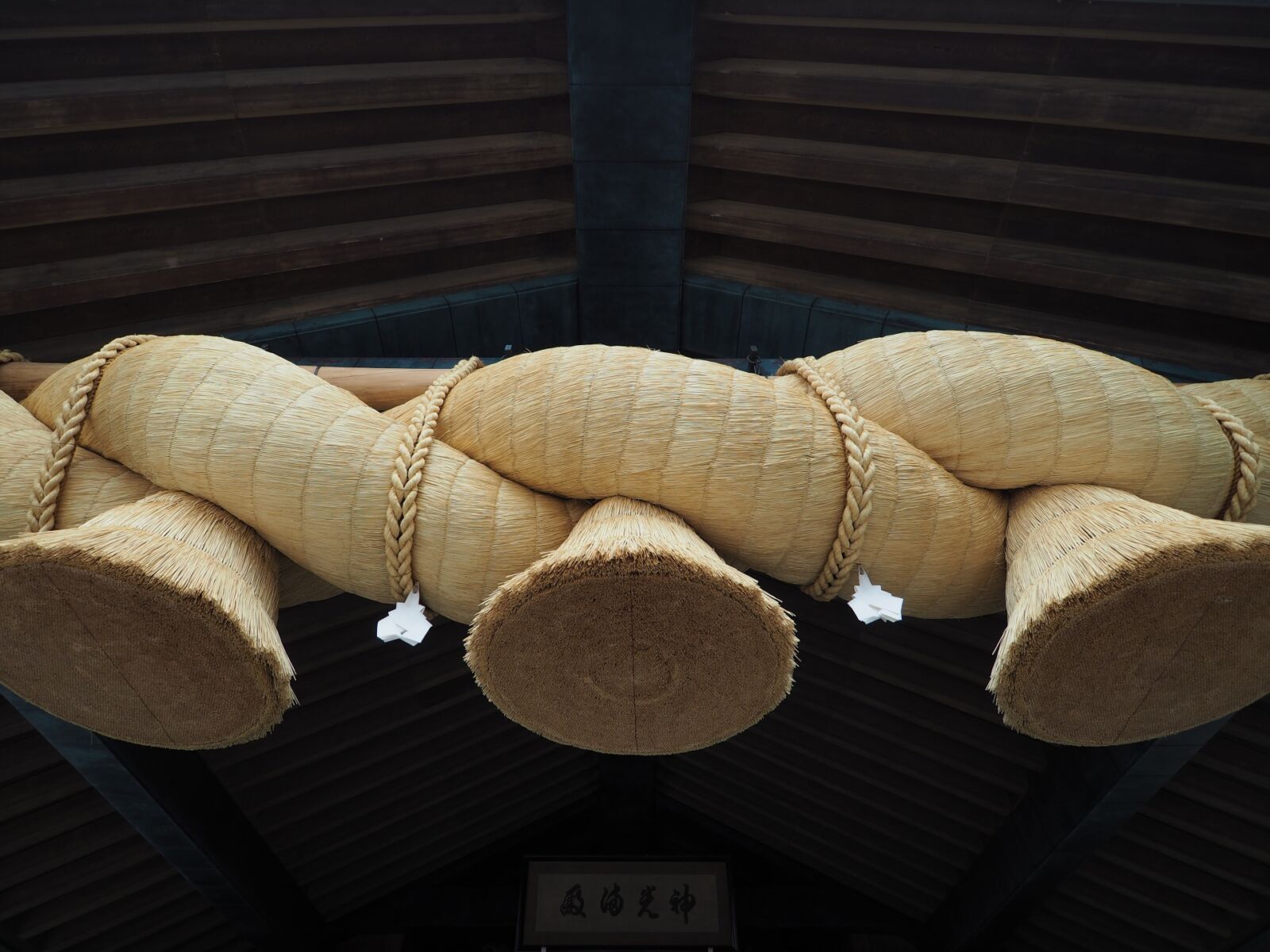
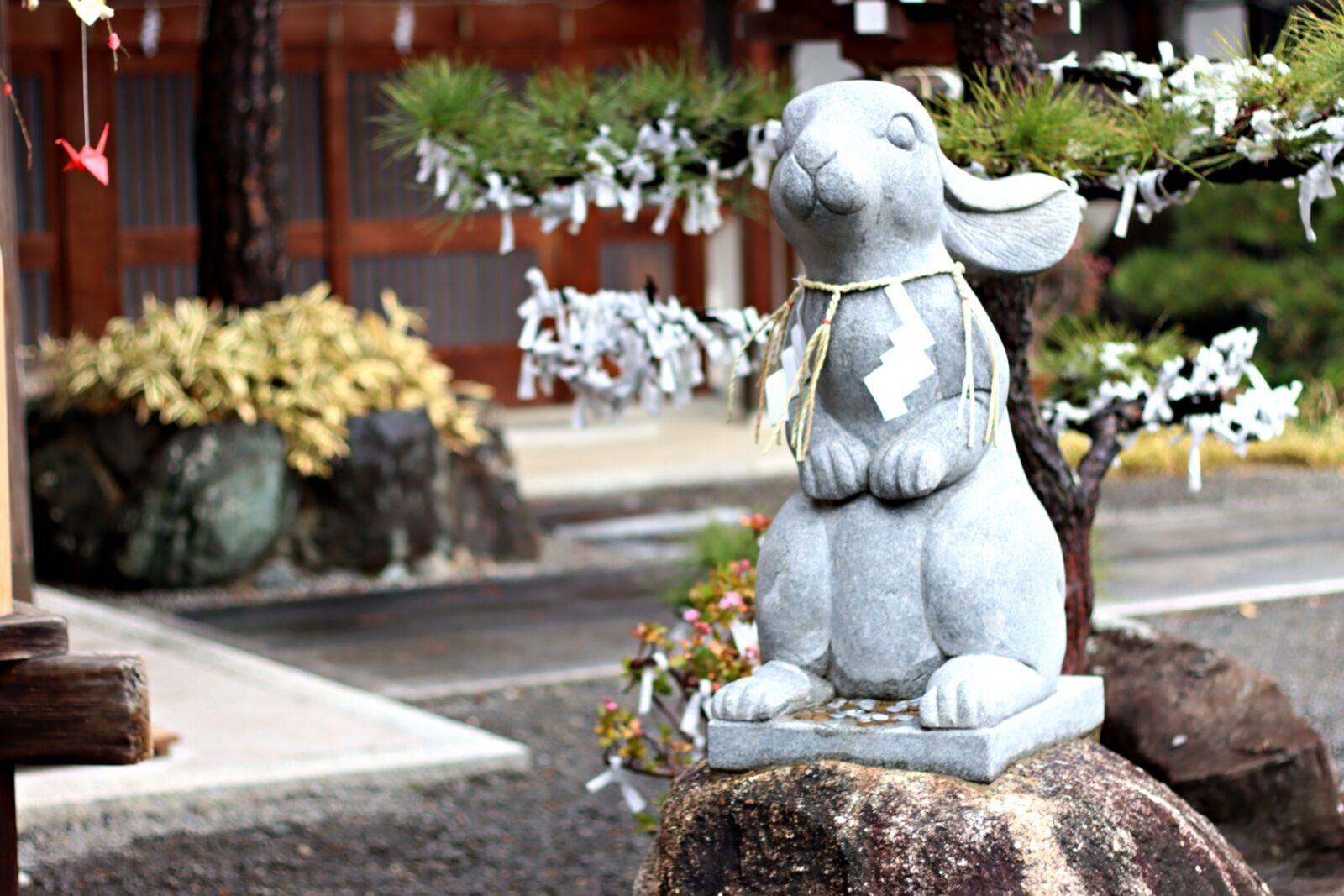
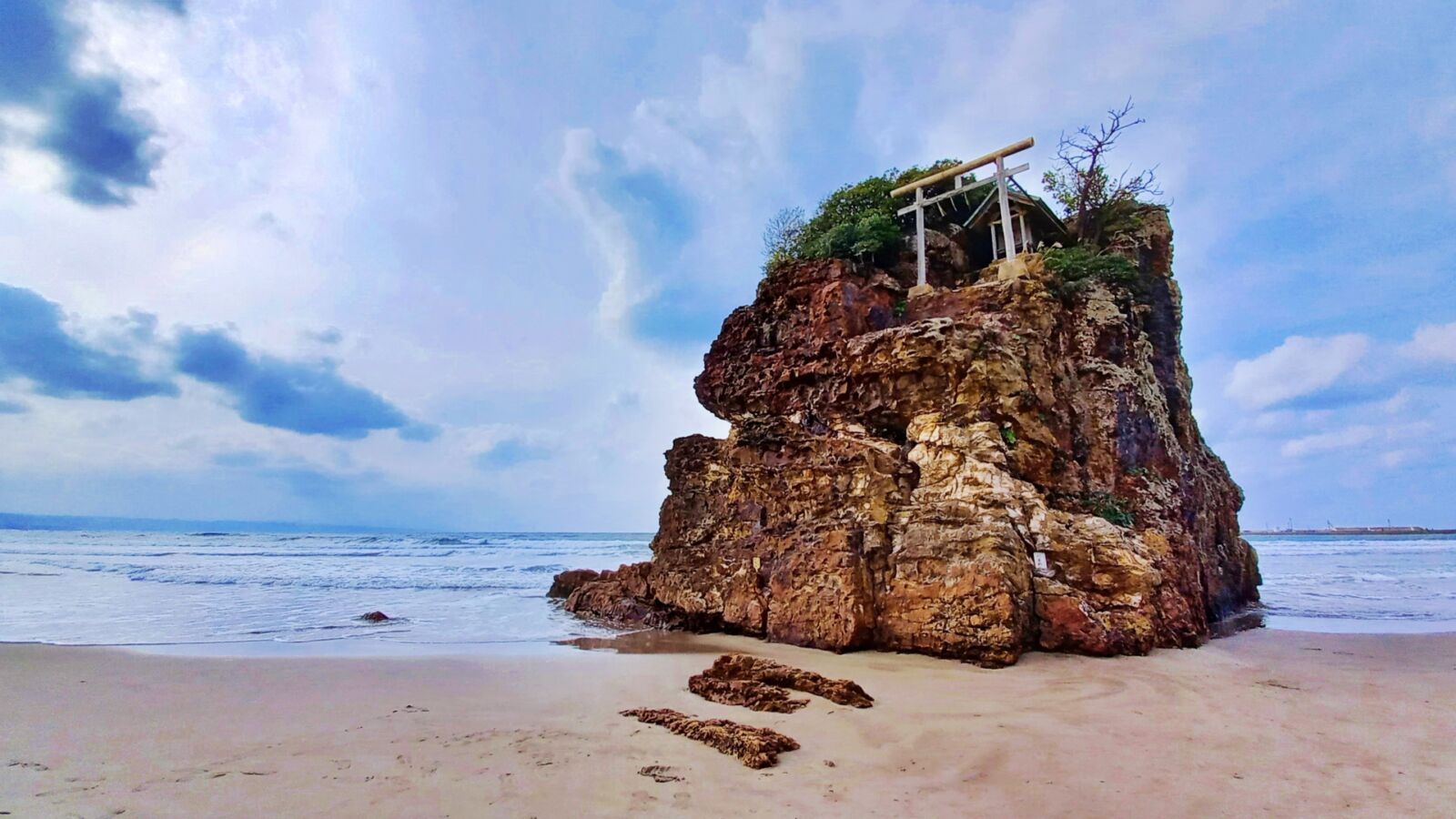
Interestingly, this idea has even extended to some of the basic rituals when praying at the shrine. Instead of clapping twice (as done at most Shinto shrines), at Izumo, visitors clap four times—twice for themself and twice for their future partner.
From the bustling streets of Tokyo to the serene countryside, these sacred shrines are excellent destinations in their own right, but also can be combined into a multi-day tour leading from Tokyo, through Nagoya, and into the Japanese countryside. If a multi-day tour interests you, please reach out to us and we would be happy to create a custom tour.
Wondering How to Travel to these Sacred Japanese Shrines for Yourself?
For those interested in traveling to any of the locations listed on this page, we can arrange both private tours with an English-speaking guide or a private charter to these locations. With door-to-door service, we can pick you up from where you are and take you to where you want to go anywhere in Central Japan and the neighboring regions.

Our drivers and vehicles are fully certified, allowing us to transport you to and from your preferred destinations in combination with any activity that suits your schedule. All vehicles are well-maintained and in good condition, allowing you to relax and enjoy your ride to wherever you are going.
For more information, please click HERE to check availability and pricing for your trip. We’d love to be part of your adventure in Central Japan and help you discover even more!














